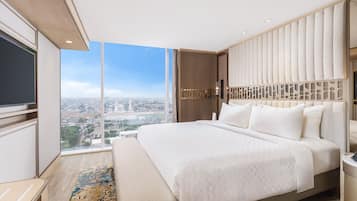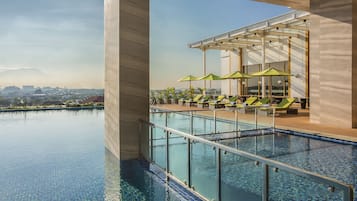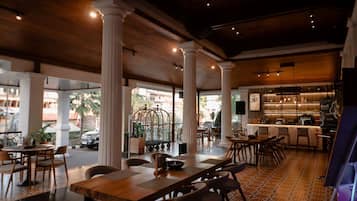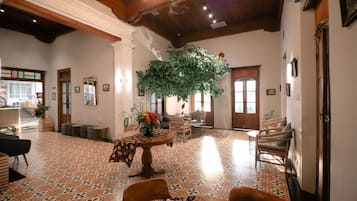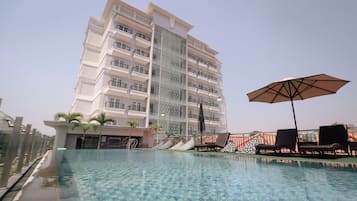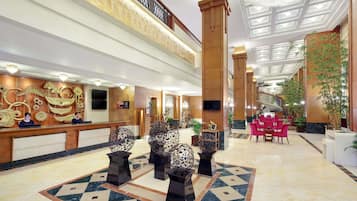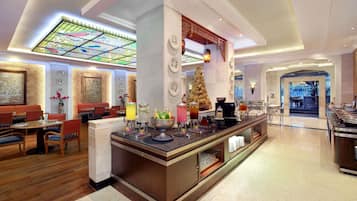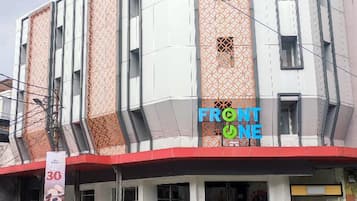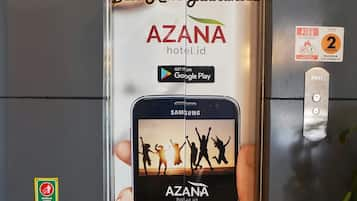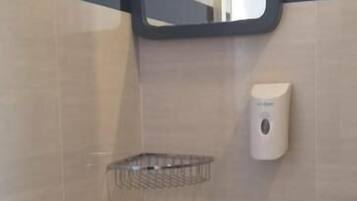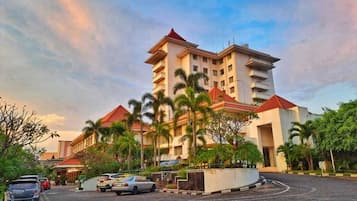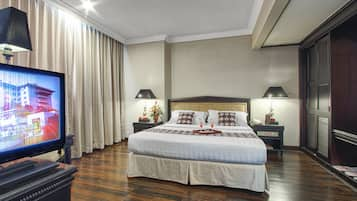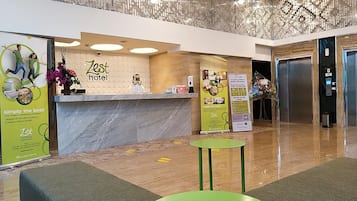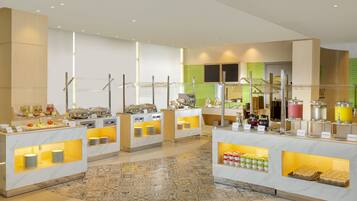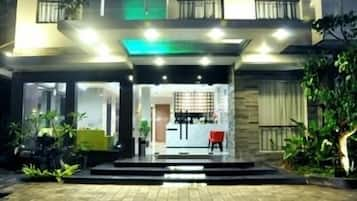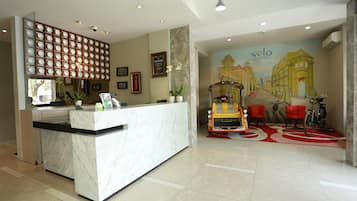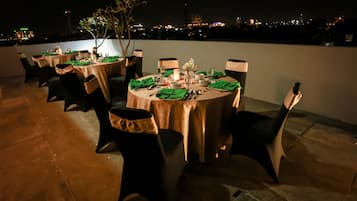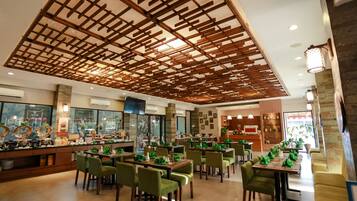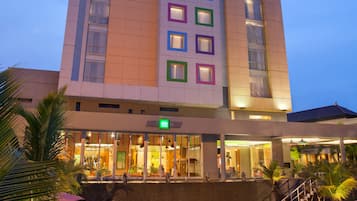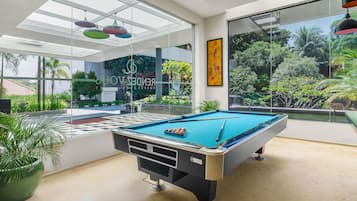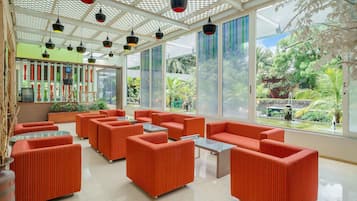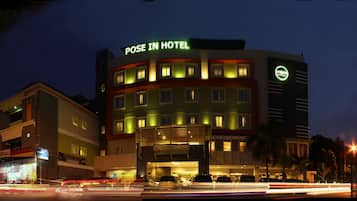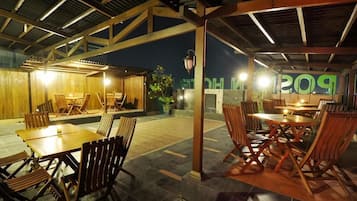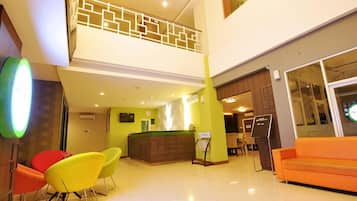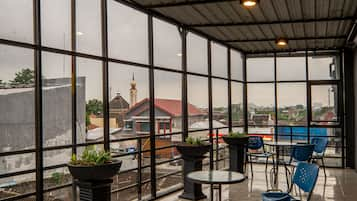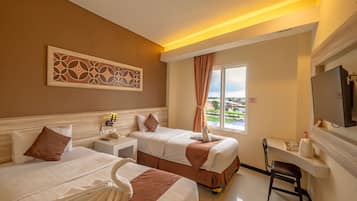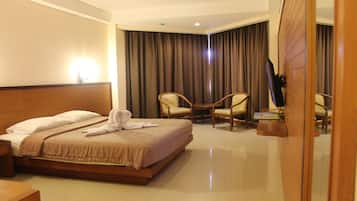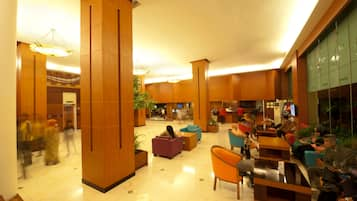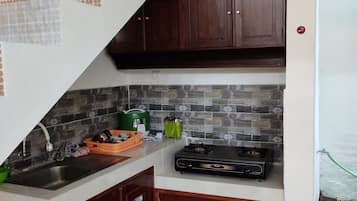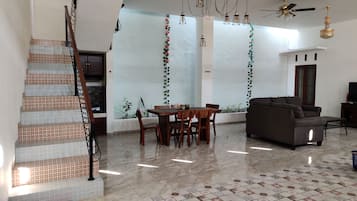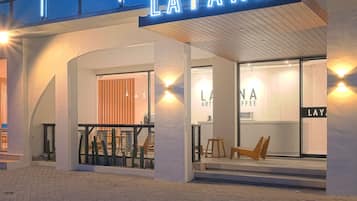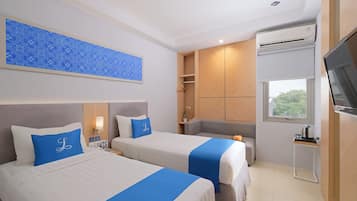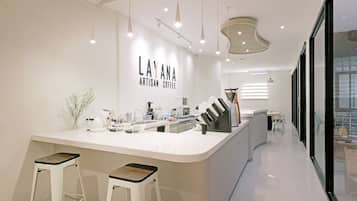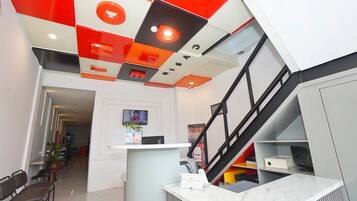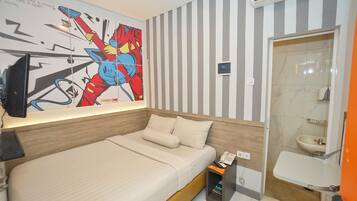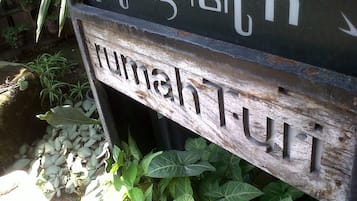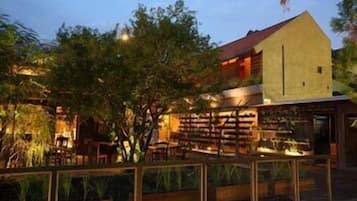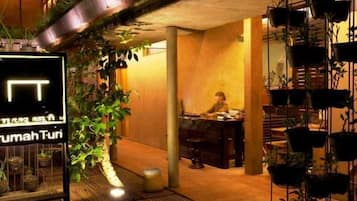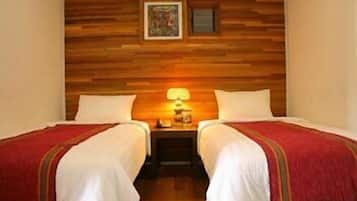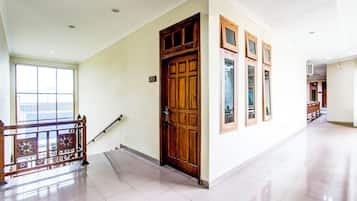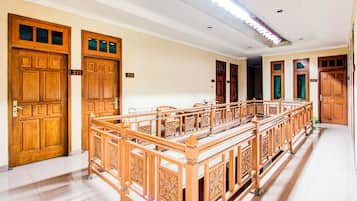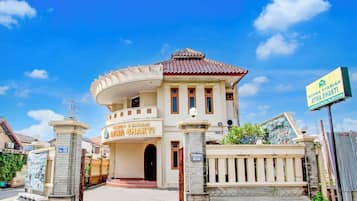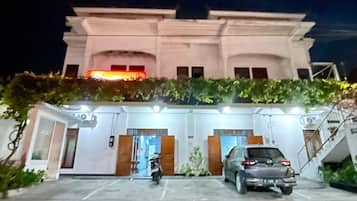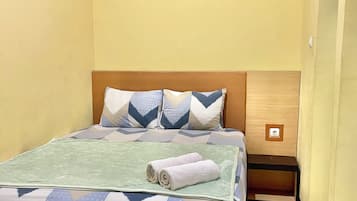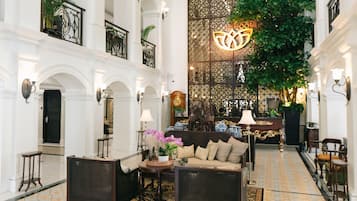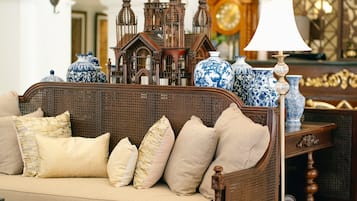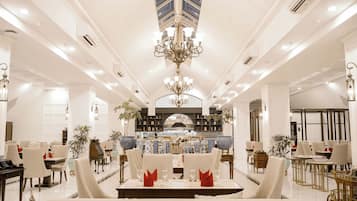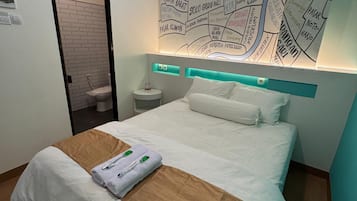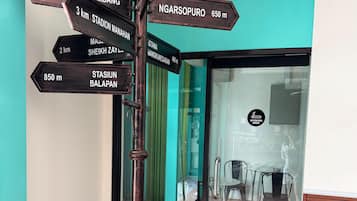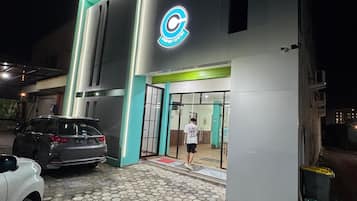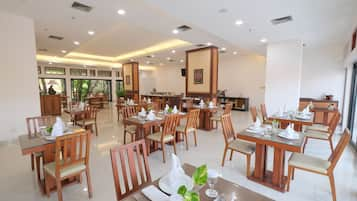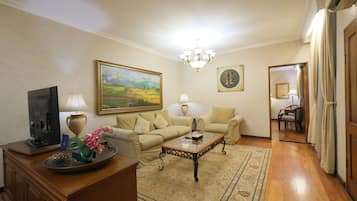Photo de Sharrie Shaw
Hôtels à Banjarsari à Surakarta
- Changez d’avisRéservez des hôtels avec annulation gratuite.
- Faites-vous plaisirConnectez-vous pour économiser 10 % ou plus sur des milliers d’hôtels.
- Trouvez votre bonheurFaites votre choix parmi près d’un million d’hébergements dans le monde entier.
Banjarsari : optez pour un hébergement qui change de vos habitudes
Consultez les prix pour ces dates
Ce soir
Demain
Le week-end prochain
Dans deux semaines
Banjarsari : notre meilleure sélection d’hôtels
Le nouveau prix est de 46 €
taxes et frais compris
4 janv. - 5 janv. 2026
Le nouveau prix est de 34 €
taxes et frais compris
16 déc. - 17 déc.

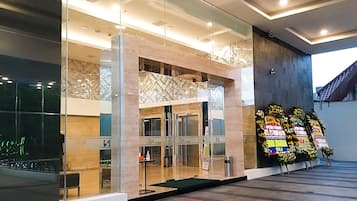
Zest Parang Raja Solo by Swiss-Belhotel International
Zest Parang Raja Solo by Swiss-Belhotel InternationalBanjarsari
7.0 sur 10, Bien, (2)
Le nouveau prix est de 16 €
taxes et frais compris
7 janv. - 8 janv. 2026
Prix par nuit le plus bas trouvé au cours des 24 dernières heures sur la base d’un séjour d’une nuit pour 2 adultes. Les prix et la disponibilité sont susceptibles de changer. Des conditions supplémentaires peuvent s’appliquer.
Voyage à Banjarsari : les meilleurs quartiers
Trouvez les meilleurs quartiers à Banjarsari pour réaliser vos activités favorites.
Centre-ville de Solo
À Centre-ville de Solo, vous pourrez profiter des musées et des trésors zoologiques. Vous aimerez certainement prendre le temps de découvrir les emblématiques Solo Paragon Lifestyle Mall (centre commercial) et Parc de Keprabon.
Banjarsari : les avis sur les hôtels les plus prisés
Explorez un monde de voyages avec Expedia
Foire aux questions
Les meilleures destinations à proximité de Surakarta.
Hôtels vers d’autres attractions
Banjarsari : autres hébergements
Autres modes de réservation
Les dernières tendances d’Expedia
Hôtels
- Hôtels BBHotels à La Tranche-sur-Mer
- Hotel Alisios
- La Mirande
- Hôtels tout compris à Paris
- Maison de pêcheur confortable à 50m de la plage
- Hôtels pas chers à 12e arrondissement
- Sheraton Mallorca Arabella Golf Hotel
- Cavo Zoe Seaside Hotel
- Hotel Triton
- Hotel Le Relais de Farrou
- Blu Hotel Laconia Village
- Gran Hotel Guadalpin Banus
- Université La Sapienza de Rome : les hôtels à proximité
- La Villa Mauresque
- Motel d'Antananarivo Anosy
- L'Auberge des Glycines
- Hotel pas cher 18e arrondissement
Formules
![At the museum no photos are allowed which is really unfortunate as it was well worth the visit and the guided tour is definitely not to be missed. In the museum there are even Batik made from the Dutch era which depicts stories like Little Red Riding Hood and Snow White!
I enjoyed the tour v much and at the end of the tour we were brought to this room where the artisan were working on hand drawn batik.
Below is an excerpt from Wikipedia for anyone interested in learning more about the process of batik making.
Firstly, a cloth is washed, soaked and beaten with a large mallet. Patterns are drawn with pencil and later redrawn using hot wax, usually made from a mixture of paraffin or bees wax, sometimes mixed with plant resins, which functions as a dye-resist. The wax can be applied with a variety of tools. A pen-like instrument called a canting (IPA: [tʃantiŋ], sometimes spelled with old Dutch orthography tjanting) is the most common. A canting is made from a small copper reservoir with a spout on a wooden handle. The reservoir holds the resist which flows through the spout, creating dots and lines as it moves. For larger patterns, a stiff brush may be used. Alternatively, a copper block stamp called a cap (IPA: [tʃap]; old spelling tjap) is used to cover large areas more efficiently.
After the cloth is dry, the resist is removed by scraping or boiling the cloth. The areas treated with resist keep their original color; when the resist is removed the contrast between the dyed and undyed areas forms the pattern. This process is repeated as many times as the number of colors desired.
The most traditional type of batik, called batik tulis (written batik), is drawn using only the canting. The cloth need to be drawn on both sides and dipped in a dye bath three to four times. The whole process may take up to a year; it yields considerably finer patterns than stamped batik.
Source: Wikipedia](https://images.trvl-media.com/place/6224808/26fd1460-c65a-4c1a-9444-7a893e883ac9.jpg?impolicy=fcrop&w=1200&h=500&q=medium)

